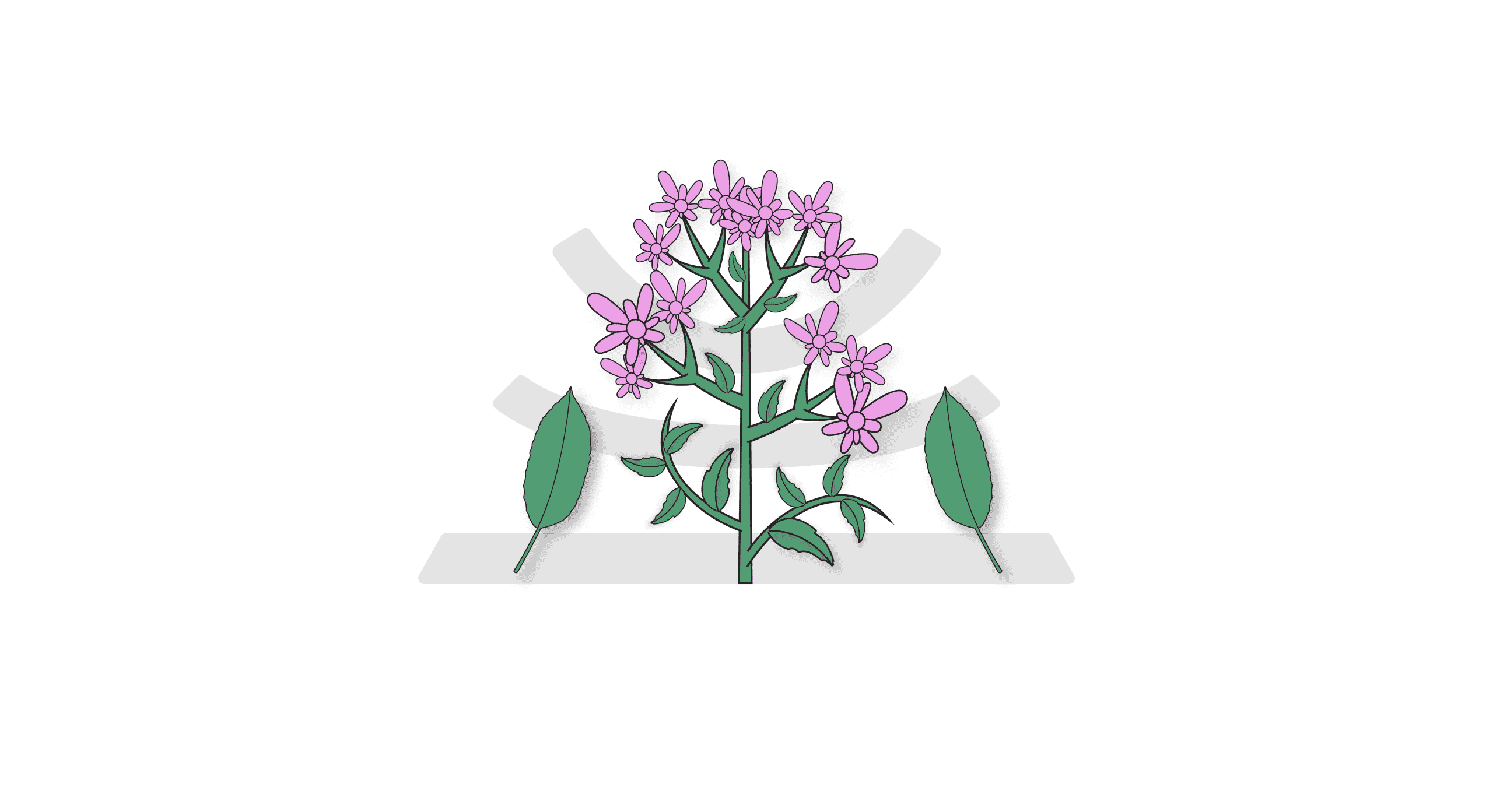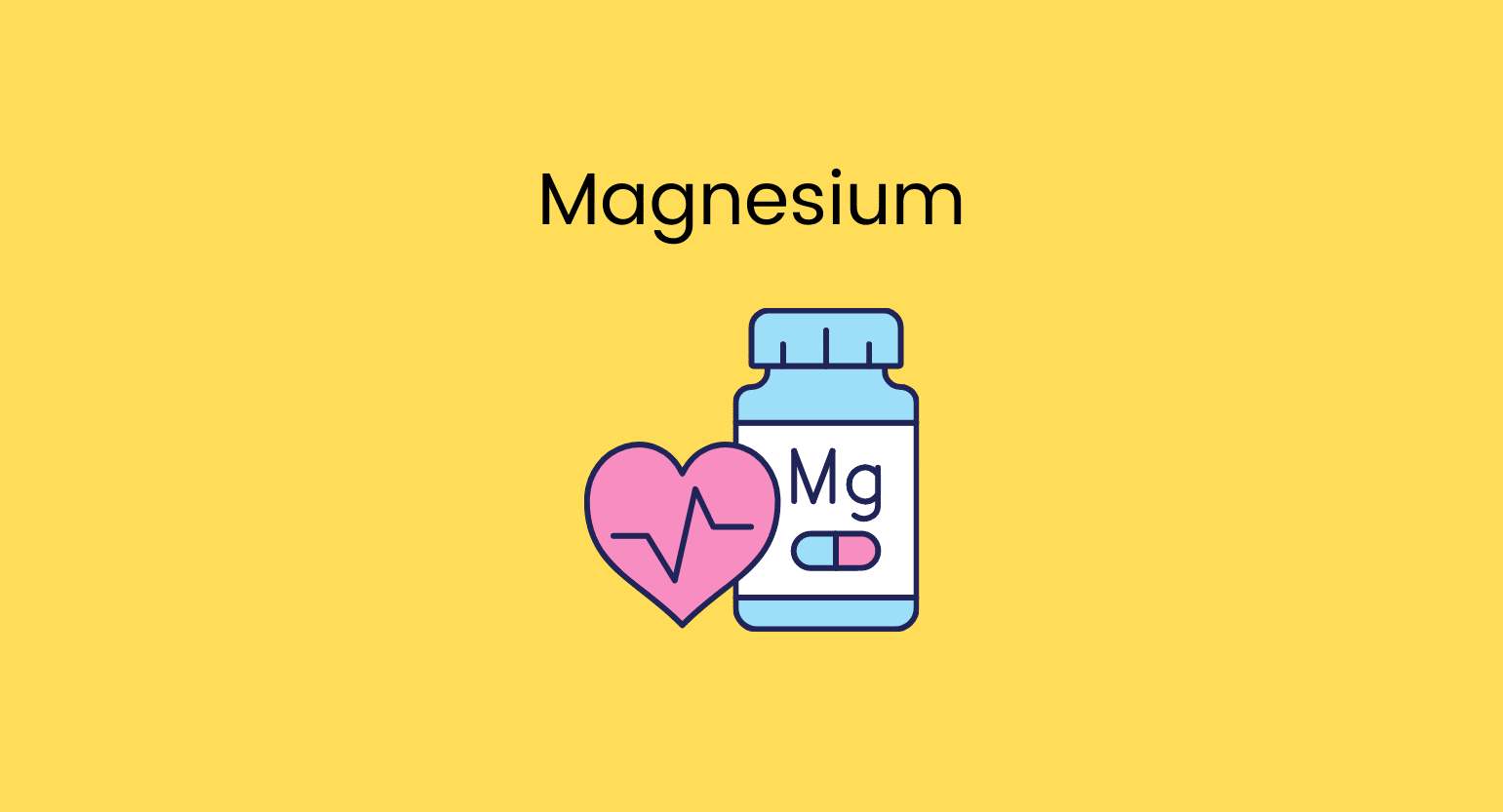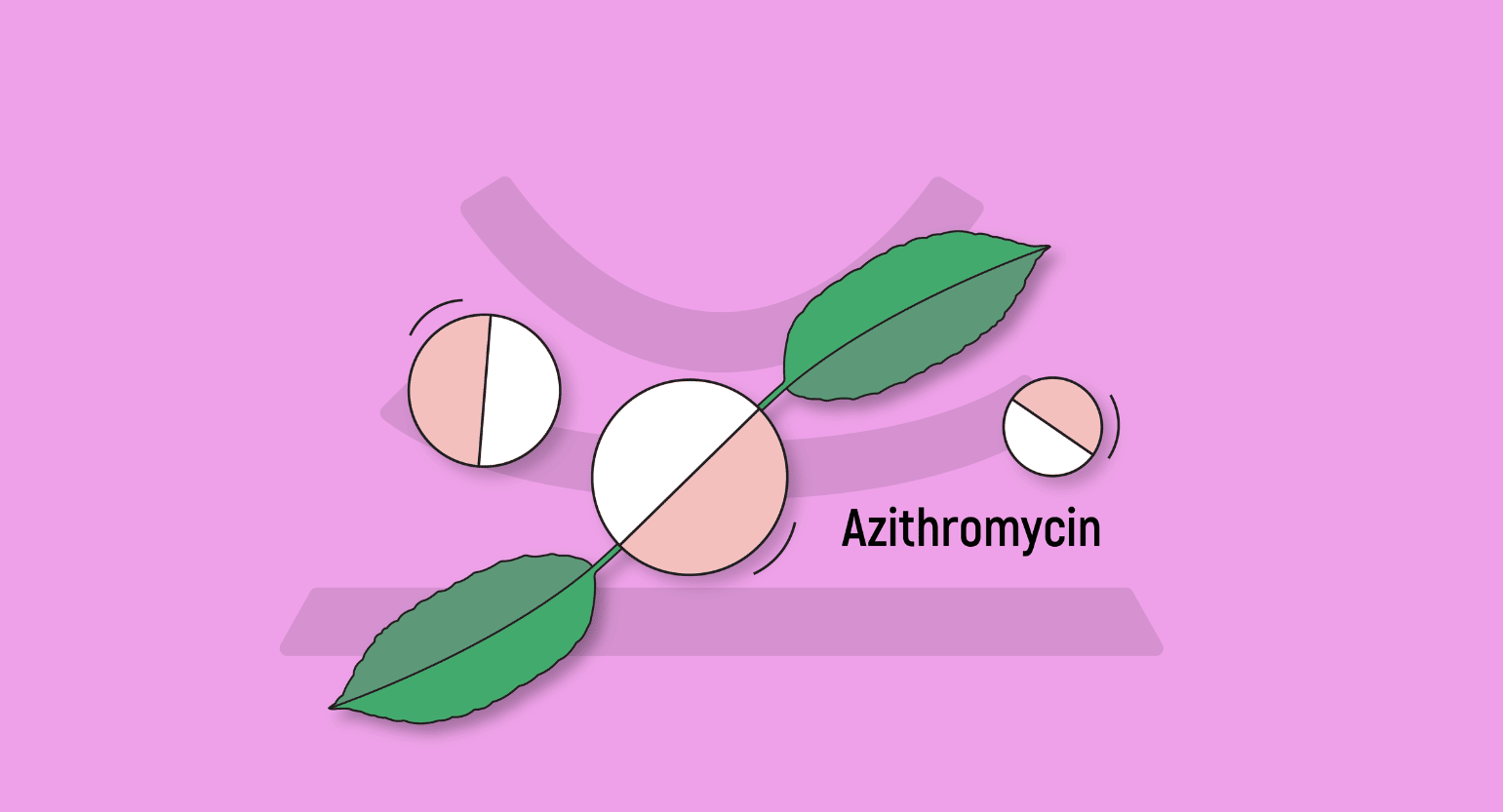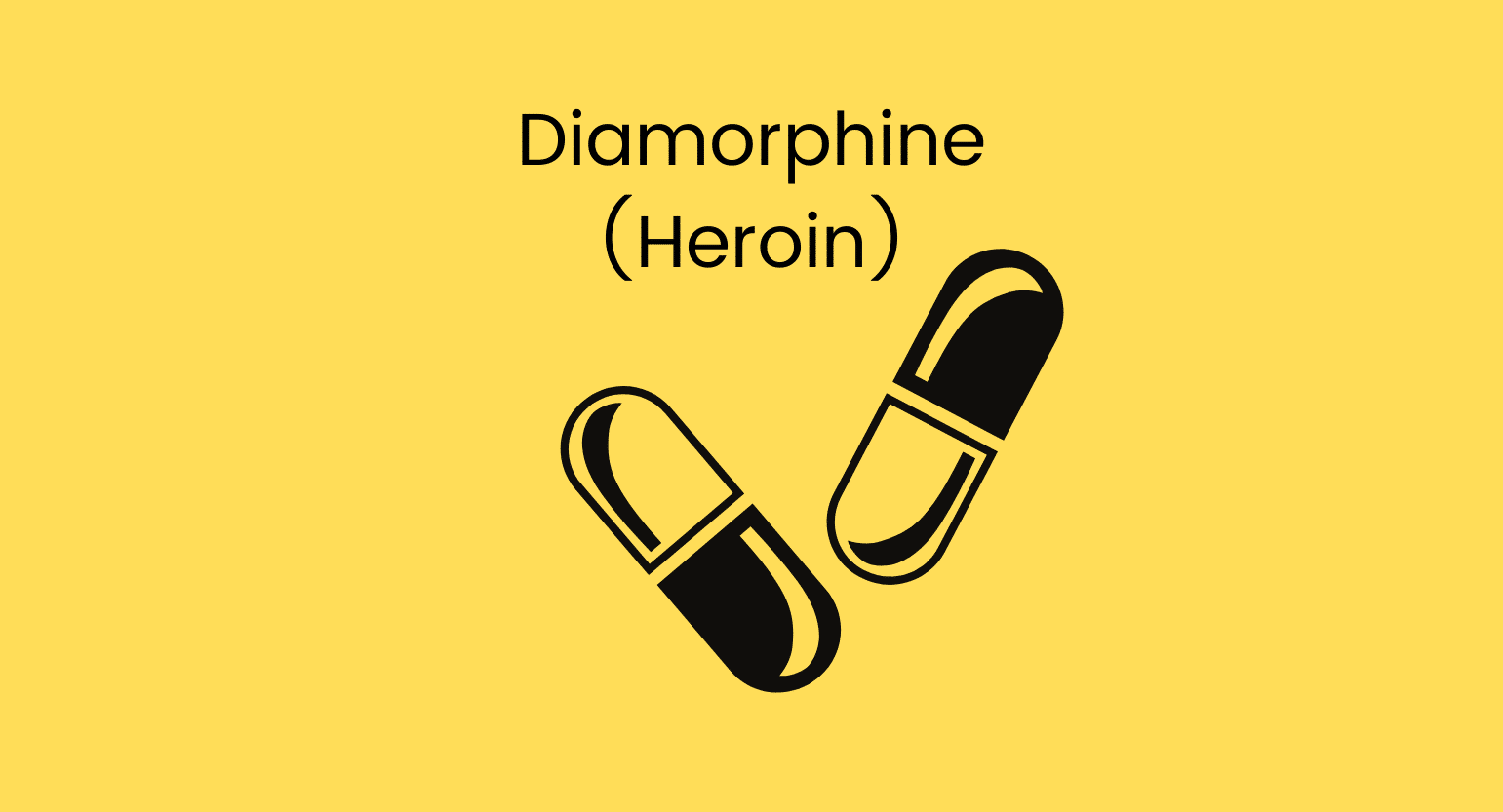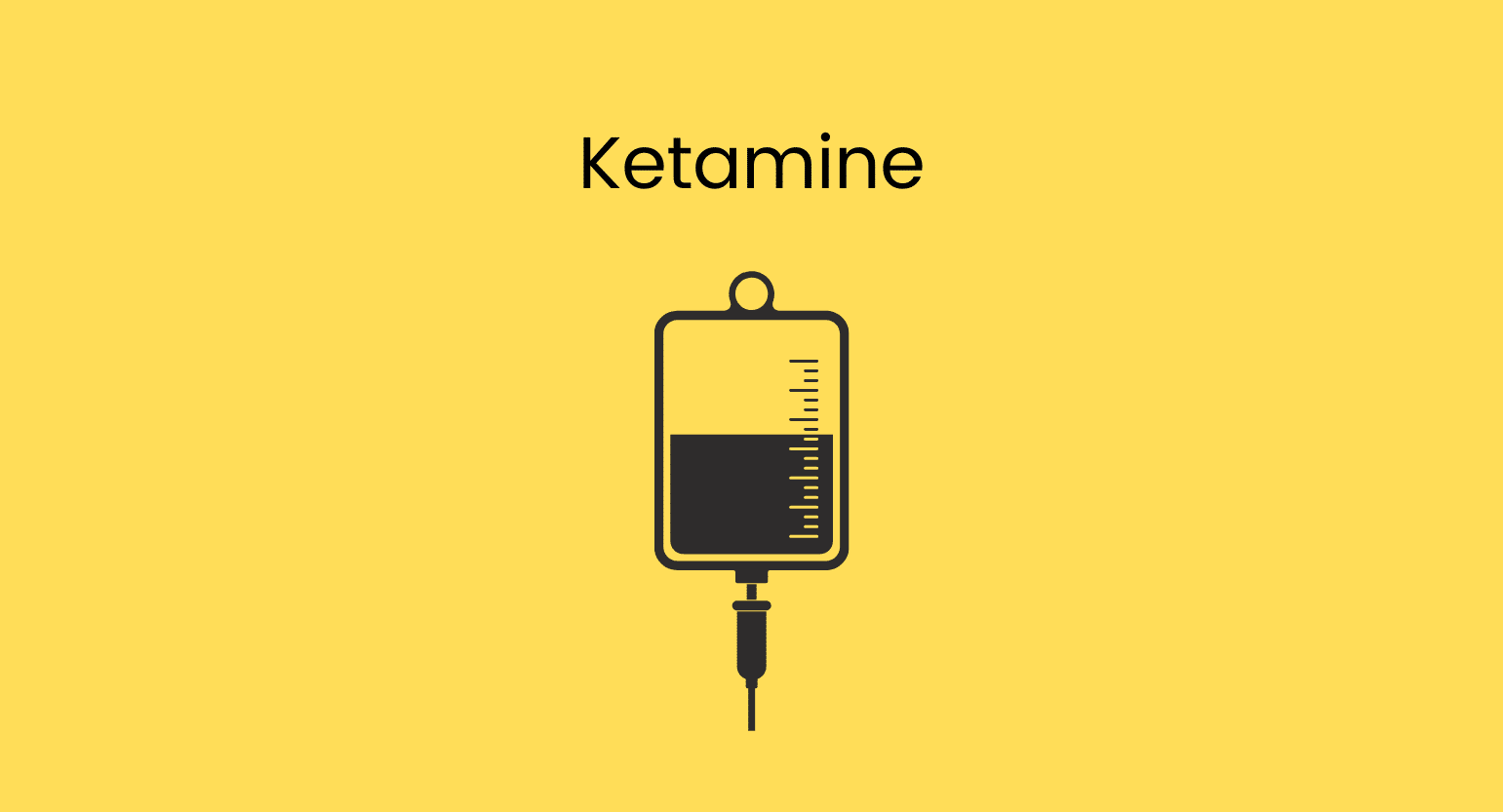Does Kratom Interact With Dapoxetine?
Yes, kratom could interact with dapoxetine.
Dapoxetine’s metabolization is mainly carried out in the liver by the CYP2D6 and CYP3A4 enzymes [1]. This is important as kratom is a potent inhibitor of both these enzymes [2].
This means kratom can exert a potent inhibitory effect on dapoxetine’s metabolizing process, leading to an accumulation of dapoxetine and adverse effects, primarily serotonin syndrome [3]. This situation can be deadly, so kratom and SSRIs must be only used under a doctor’s care.
Aside from metabolization, the two compounds do not interact meaningfully.
Dapoxetine Specs

| Drug Name | Dapoxetine |
| Trade Name | Priligy, Dapox, Duratia, Poxet, Duralast |
| Classification | SSRI |
| CYP Metabolism | CYP2D6 and CYP3A4 |
| Interaction With Kratom | Metabolic inhibitor |
| Risk of Interaction | Moderate |
Is it Safe to Take Kratom With Dapoxetine?
The only safe way to take kratom with prescription medications like dapoxetine is with a doctor’s supervision.
Both compounds are highly well-tolerated and don’t seem to cause serious health events. However, the FDA has not yet approved dapoxetine, so it’s unavailable in the US.
The most salient danger in this combination is —no doubt —kratom’s inhibitory effect on dapoxetine’s metabolism, as it can lead to a toxic level of the compound within the body.
However, the risk is significantly reduced since dapoxetine is taken on-demand and has a very short half-life. The chances are even lower if you don’t use kratom for some hours before and after taking dapoxetine.
Using them at the same time means more risk. Also, a CYP2D6 genetic deficiency (7% of Caucasians and about 1% of Asians have this condition) further increases the risk.
What is Dapoxetine?
Dapoxetine — known commercially as Priligy — is a prescription antidepressant classified as an SSRI (selective serotonin reuptake inhibitor).
SSRIs inhibit the serotonin transporter, a protein molecule that transports serotonin from the synaptic cleft back to the presynaptic neuron. This leads to increased levels of available serotonin for the brain.
Serotonin is an essential neurotransmitter with critical functions in regulating mood, learning, memory, and a vast suite of other physiological processes.
Dapoxetine has specific characteristics that set it apart from other SSRIs — mainly because it is absorbed and cleared quite rapidly from the body [4]. This made it less effective as an antidepressant.
Dapoxetine can be taken on an on-demand basis and is ingested orally.
What is Dapoxetine Used for?
Almost all SSRIs treat depression-related conditions. However, due to dapoxetine’s rapid absorption, it is not suitable for this purpose.
Through randomized, double-blind trials, dapoxetine seems to be an effective treatment for premature ejaculation (PE) [1]. It is the first pharmacological pill approved for the treatment of this condition.
Other SSRIs like fluoxetine and sertraline have been prescribed off-label to treat PE. However, these SSRIs present significant drawbacks compared to dapoxetine as they have much longer half-lives, leading to a higher incidence of adverse effects.
Recently, the efficacy of dapoxetine as an antidepressant has been reconsidered in the UK. Researchers are looking at it as a method of antidepressant treatment focused on reducing stress [5].
What’s the Dose of Dapoxetine?
Dapoxetine is available in either 30 or 60 mg tablets; it should be taken roughly 1-3 hours before sexual activity.
Determining your proper dosage is only possible through consulting with a medical professional. If you receive a dapoxetine prescription, only take it following your doctor’s indication.
Generic & Brand Name Versions
Dapoxetine is available under the following brand names:
- Dapox
- Dasustra
- Duralast
- EJ-30
- Ejalong
- Kutub
- Priligy
- Sustinex
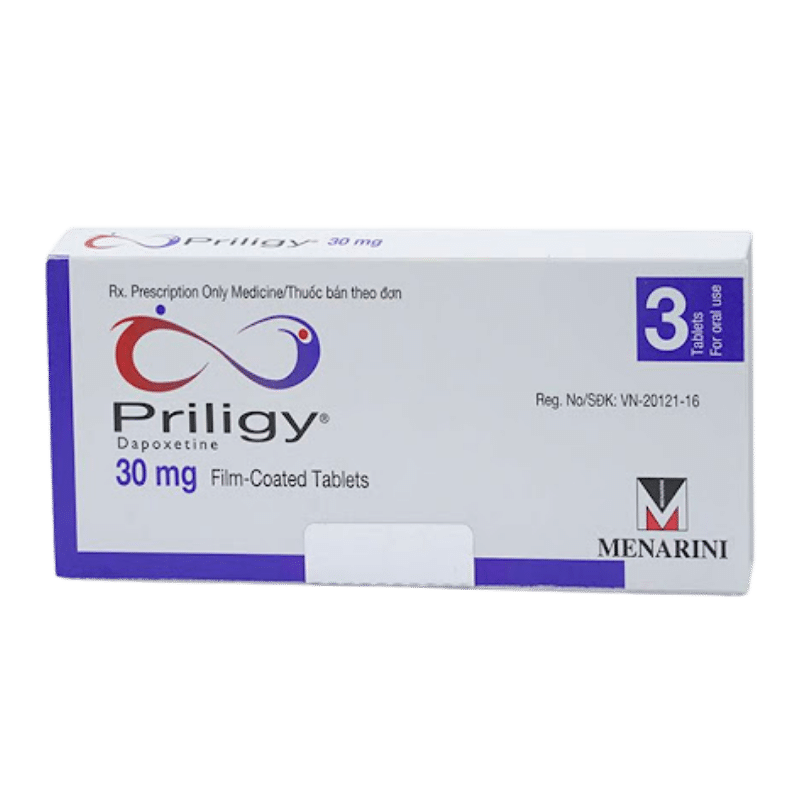
What Are the Side Effects of Dapoxetine
Dapoxetine’s side effects correlate with the dosage. However, they rarely lead to a discontinuation of use.
The most common adverse effects that can arise as a result of dapoxetine include the following:
- Diarrhea
- Dizziness
- Dry mouth
- Headache
- Insomnia
- Nausea
Contraindications to dapoxetine use include the following:
- Heart failure or other heart conditions
- Monoamine oxidase inhibitors
- Other CYP3A4 inhibitors
- Other SSRIs
- Pacemakers
- Severe hepatic impairment
What is Kratom?
Kratom is a herbal extract from a tree species named Mitragyna speciosa. This evergreen tree is native to Southeast Asia and grows abundantly in Thailand and Indonesia, where people found numerous medicinal uses for kratom centuries ago.
Scientific research on kratom is still lacking, but it’s quickly becoming popularized in the United States and Europe.
Regretfully, the FDA appears to be targeting kratom for legislation. Currently, it’s still unregulated in many states, though many states have banned it.
Nonetheless, we do know some things.
Kratom owes its therapeutic properties to its many alkaloids —primarily mitragynine and 7-hydroxymitragynine —including anxiety relief, pain relief, relaxation, focus and concentration.

What is Kratom Used for?
The most remarkable property of kratom is undoubtedly the broad spectrum of effects it can produce.
In low doses, kratom behaves like a stimulant with powerful nootropic properties. Much like coffee, it produces mental and physical energy, often with a boost in concentration.
Kratom also possesses mood-enhancing effects, creating feelings of euphoria.
In larger doses, kratom acts more like a relaxant and produces sedative and analgesic benefits.
At this range, kratom provides chronic pain relief and can even help treat anxiety.
And there’s more — kratom can work as a sleeping aid, helps with weight loss, and alleviates the symptoms of opioid withdrawal.
What’s the Dose of Kratom?
Although there are general dosage guidelines for kratom, you should consider everyone is different, and factors like body weight and genetics are always in play.
That said, it helps to know what a low dose is and at what range the amount becomes acute.
For kratom, the following amounts are usually the rule of thumb:
- Low dose — (1-4 grams)
- Medium dose — (4-8 grams)
- High dose — (8-12 grams)
What Are the Side Effects of Kratom?
Kratom, like all drugs, has its fair share of side effects:
- Constipation
- Dizziness
- Insomnia
- Itchiness
- Liver damage (with long-term use)
- Loss of muscle coordination
- Low blood pressure
- Low libido
- Nausea
- Poor appetite
- Seizures
- Tremors
Kratom can also cause symptoms of mental and physical dependence. However, kratom addiction is less likely when compared to pharmacological drugs like antidepressants or painkillers, but it’s always possible.
You should never take kratom while pregnant or breastfeeding since using kratom during pregnancy appears to cause some degree of dependency in the newborn.
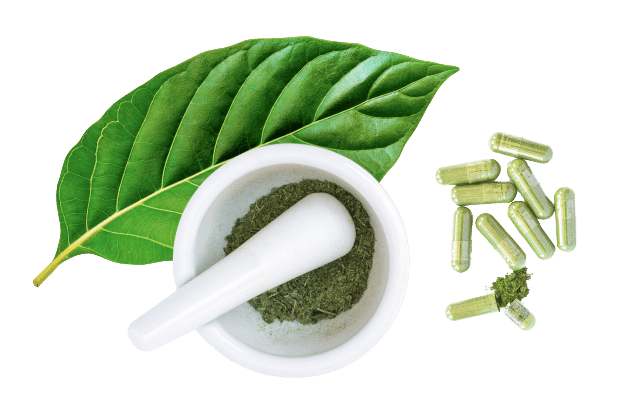
What Are the Different Types of Kratom?
Kratom exists in four different strain varieties.
The different strains all have certain qualities that make them unique, but, in the end, they’re still the same plant and have the same essential attributes.
If you want to make your kratom experience as specific as possible, pick the right strain for the job.

White Vein Kratom
The nootropic, stimulating effects are primarily associated with the white-veined kratom strains.
The kratom community loves this strain because it helps them get the biggest punch out of the stimulant benefits of kratom. Some people even replace their coffee with a cup of kratom tea, enjoying its long-lasting effects.

Red Vein Kratom
If you’re looking at kratom because of the chronic pain relief or anxiety relief it can provide, then what you want is red-vein kratom.
Kratom users interested in the pharmacological benefits of kratom usually pick this strain. Many even abandon their medication; however, no one should stop taking a prescription without a doctor’s guidance.

Green Vein Kratom
Green vein kratom doesn’t provide the targeted experience of a red or white strain.
However, it does provide the whole swathe of effects associated with kratom. If you are interested in everything kratom can provide, green veins are the way to go.

Yellow Vein Kratom
Yellow vein kratom is not much different than green. Its only real property is the fact that it’s the least potent out of all the strains — perfect for first-timers.

Key Takeaways: Is it Safe to Mix Kratom & Dapoxetine?
This mixture has moderate risks because kratom can slow down dapoxetine’s metabolization. The answer to this question depends on how often you take these compounds; only a doctor knows what’s best.
There is a clear risk stemming from the inhibitory effect of kratom on dapoxetine’s metabolization. If both drugs are used often and usually simultaneously, this could easily lead to complications.
However, if one were to space out the use of kratom and dapoxetine or ensure to never consume both compounds on the same day, the risk would be significantly reduced.
Keep this in mind if you use both of these drugs. Regardless, it’s best to call your doctor and ask for guidance.
- McMahon, C. G. (2012). Dapoxetine: a new option in the medical management of premature ejaculation. Therapeutic advances in urology, 4(5), 233-251.
- Hanapi, N. A., Ismail, S., & Mansor, S. M. (2013). Inhibitory effect of mitragynine on human cytochrome P450 enzyme activities. Pharmacognosy research, 5(4), 241.
- Scotton, W. J., Hill, L. J., Williams, A. C., & Barnes, N. M. (2019). Serotonin syndrome: pathophysiology, clinical features, management, and potential future directions. International Journal of Tryptophan Research, 12, 1178646919873925.
- ANDERSSON, K. E., Mulhall, J. P., & Wyllie, M. G. (2006). Pharmacokinetic and pharmacodynamic features of dapoxetine, a novel drug for ‘on‐demand’treatment of premature ejaculation. BJU international, 97(2), 311-315.
- Rafi, H., & Farhan, M. Dapoxetine: An Innovative Approach in the Therapeutic Management in Animal Model of Depression.


